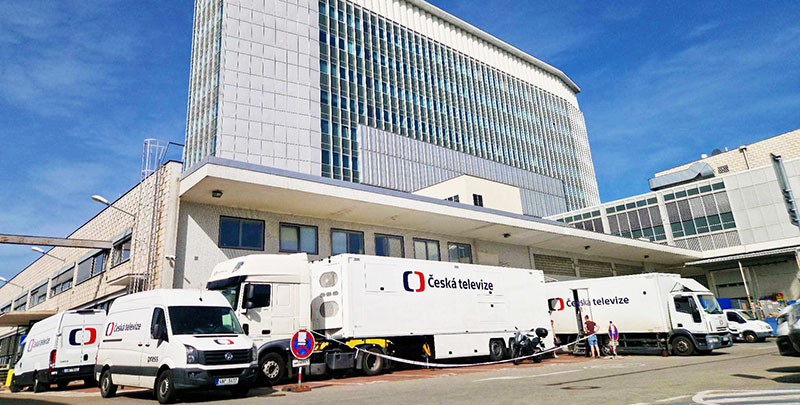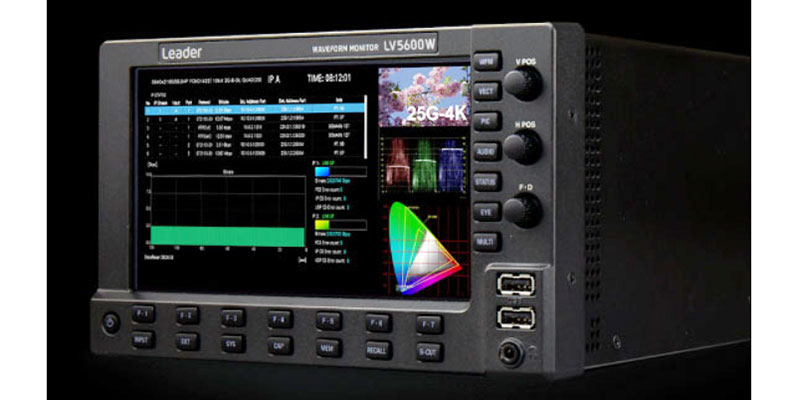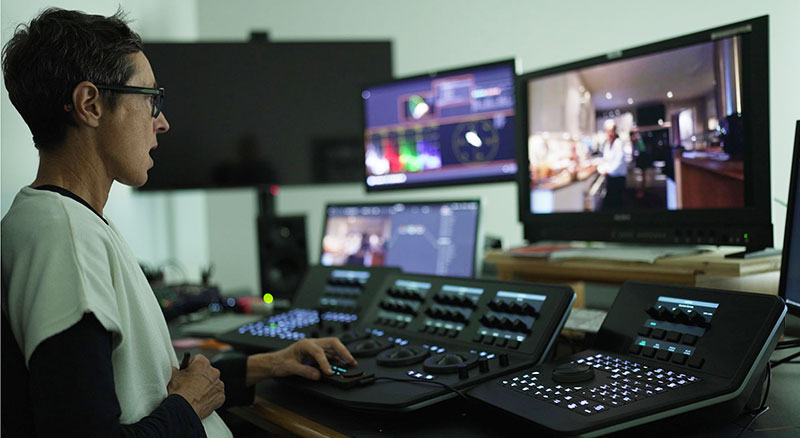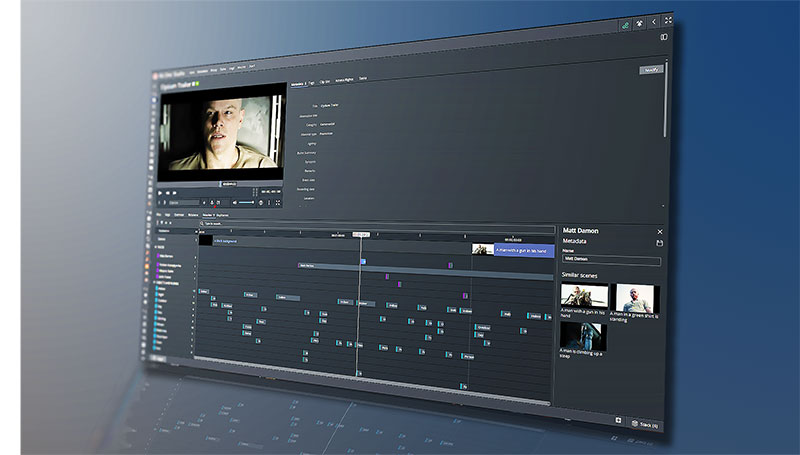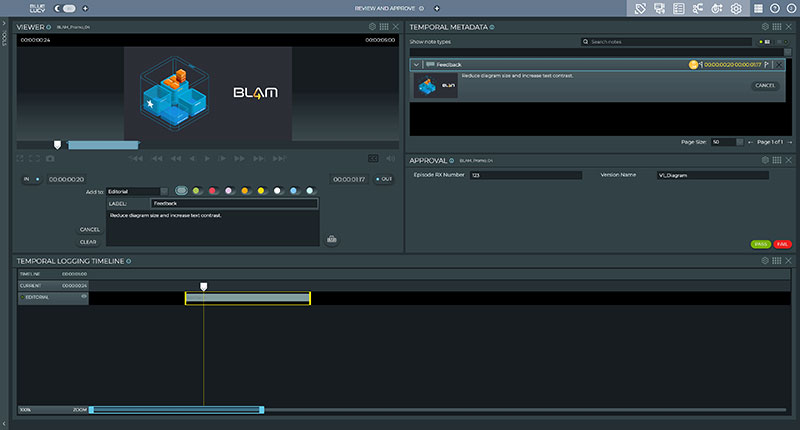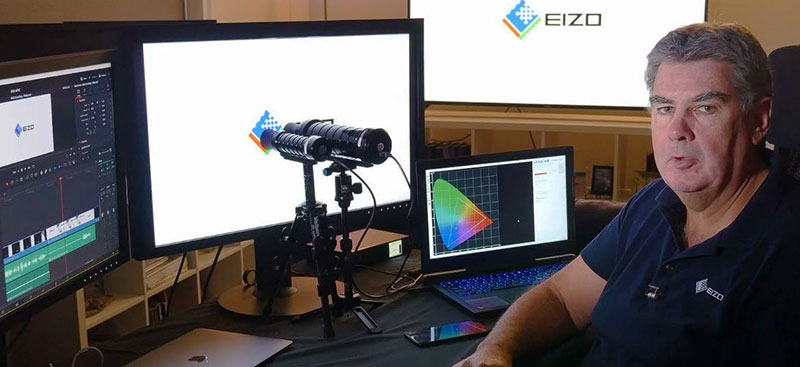TV Novo Tempo moved from a discrete architecture to Pebble’s Integrated Channel software, preparing its channels and entire delivery system for the future while migrating from SDI to IP.

TV Novo Tempo, a specialist broadcaster in São Paulo, Brazil, recently completed an update that prepares its channels and entire delivery system for the future. Owned by the Seventh-day Adventist Church, the broadcaster has moved from a traditional discrete architecture to a compact software infrastructure, at the same time migrating from SDI to IP and adding new, compatible functionality to its existing operations.
Owing to its South American location, Novo Tempo creates and delivers radio and television programming in Spanish and Portuguese. The television channels are broadcast 24 hours a day on cable and satellite, and on DTH in some regions.
Integrated Channel Playout Engines
The broadcaster had originally invested in playout automation from Pebble 15 years ago. Its core functionality continued to meet their need throughout that period and kept the obvious advantage of familiarity, but the rest of the hardware infrastructure had reached it end of life. Novo Tempo took the opportunity for a complete refresh, aiming especially to allow staff to operate with more flexibility, and to improve quality and reliability.
The new system uses the latest version of Pebble Automation, and the legacy hardware is now replaced by Pebble Integrated Channel playout engines. These are software appliances, supplied as software environments that include the operating system and application, designed to install in standard hardware dedicated to running those applications. In this case, they include 3D graphics and visual effects plugins, along with redundancy for resilient playout.
Pebble’s scalable channel device integrates audio, video and graphics functionality, replicating in software all broadcast playout functionality of a traditional chain made up. It can also be customised for different channel types.
Instead of single-purpose devices performing dedicated functions, operators use a channel designer to build out software-defined channels, and make changes as required later on, by dragging and dropping from a list of processes such as ingest, channel branding, frame-accurate multi-channel playout and others.
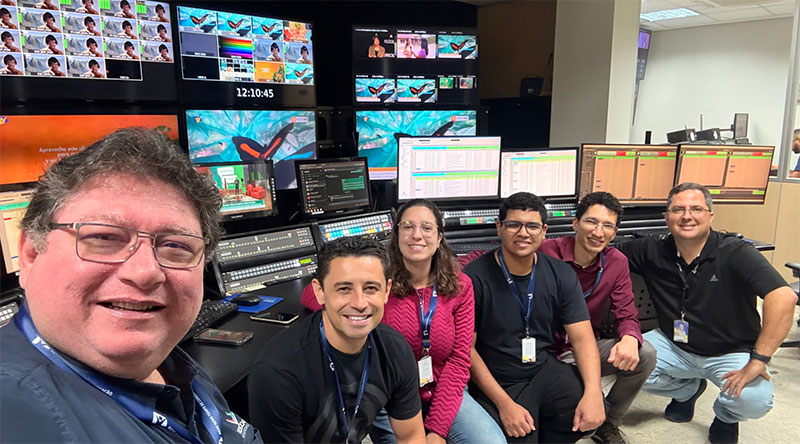
Users can also specify the order in which processing occurs, such as graphics overlay, DVE, ARC and audio shuffling. The various designs can be saved and recalled when needed. Any of the channels can be integrated as a standalone device into a multichannel system.
Adopting IP Standards
The new architecture at Novo Tempo is primarily based on SMPTE ST2110 IP standards. Preview outputs use the NDI protocol, which allows operators to gain access from wherever they are working.
“What we have achieved is to bring our multi-channel operations into one point of contact, simplify our engineering, add important new tools like SCTE signalling for triggering ad and program insertion, as well as live graphics, and do it all in a very small footprint,” said Wendel Percia, CTO at TV Novo Tempo. “Our new system is compact, with a very low power demand and carbon footprint, but at the same time we retain the familiar Pebble automation user interface, so we have no complications in the transition.”
The system was designed and implemented by systems integrator Videodata, Pebble’s distribution partner in Brazil. “We have worked with Novo Tempo for a long time, and they view Pebble as a trusted supplier,” said Rosalvo Carvalho, General Director at Videodata. “As we worked together with their team on ideas for updating and augmenting their playout operations.
“We were able to show how the latest architecture brought all the tools they needed into a single box. The familiarity with their existing operations was a further advantage, and we showed that we could integrate with the rest of the operations simply and securely, meeting their goals.” www.pebble.tv




